1995 doesn’t really seem that far away! I started working here in the UMD Archives and Special Collections in January of 1996. At my previous job, in the MIT Libraries, the World Wide Web, as used by academia, as opposed to the military, was relatively new, too. The libraries embraced its use, of course. At my job before that, the Museum of Fine Arts Boston, personal computer use itself use new. Computers had previously only been used to crunch large amounts of data, like membership lists and financial figures. It unfolded as a useful tool for the rest of us, as I worked on editing exhibition catalogs. There was some resistance from the IT department who weren’t prepared to help the rest of the staff with computer applications. Or so it seemed from my perspective.
I ran across this article about the “new” UMD web page in a box of issues of the Observer from the 1990s. This one is dated April/May 1995. By the way, the Observer is a great resource for the history of UMD in the 1990s. It was a newspaper published for a few years by the administration and featured staff and faculty news as opposed to student news. It includes everyone who was hired, retired, died, or won an award during the 1990s. Indexed several years ago by Pat Sikora, I hope that it will someday be online.
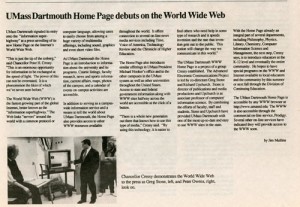 Since it may be hard to read, the first two paragraphs go like this: “UMass Dartmouth signaled its entry onto the ‘information superhighway’ at a press unveiling of it new Home Page on the Internet’s World Wide Web. ‘This is just the tip of the iceberg,’ said Chancellor Peter H. Cressy. ‘This is an enormous opportunity for information to be exchanged at the speed of light. The power of this cannot be overstated. It is a phenomenon the like of which we’ve never seen before.’ The World Wide Web (WWW) is the fastest growing part of the global Internet, better known as the ‘information superhighway.’ The Web links ‘servers’ around the world with a common protocol or computer language, allowing users to easily choose from among a huge variety of multimedia offerings, including sound, graphics and even short video files.”
Since it may be hard to read, the first two paragraphs go like this: “UMass Dartmouth signaled its entry onto the ‘information superhighway’ at a press unveiling of it new Home Page on the Internet’s World Wide Web. ‘This is just the tip of the iceberg,’ said Chancellor Peter H. Cressy. ‘This is an enormous opportunity for information to be exchanged at the speed of light. The power of this cannot be overstated. It is a phenomenon the like of which we’ve never seen before.’ The World Wide Web (WWW) is the fastest growing part of the global Internet, better known as the ‘information superhighway.’ The Web links ‘servers’ around the world with a common protocol or computer language, allowing users to easily choose from among a huge variety of multimedia offerings, including sound, graphics and even short video files.”
The Wayback Machine at Internet Archive has been trolling the Internet since 1996, and has captured the UMass Dartmouth Web site many times starting in 1997. The earliest one, which is probably close to how the very first UMD home page looked, can be access at: https://web.archive.org/web/19970406044451/http://www.umassd.edu/
How will things look when I look back on the second half of my career here at UMD? Born digital records will certainly play a role.

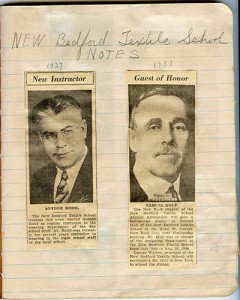



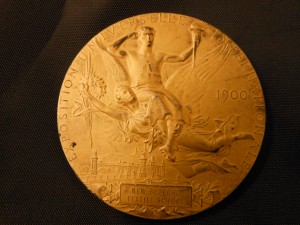

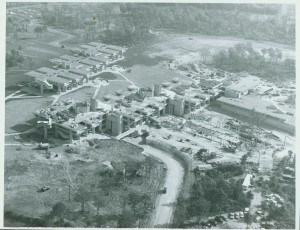

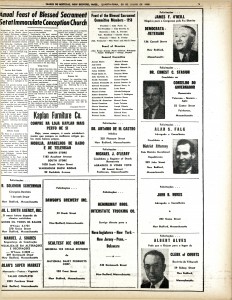


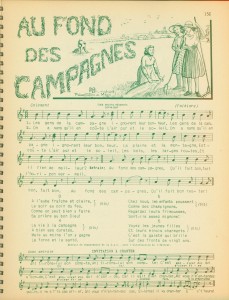
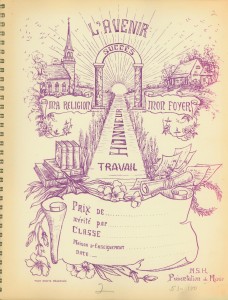

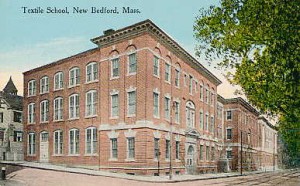
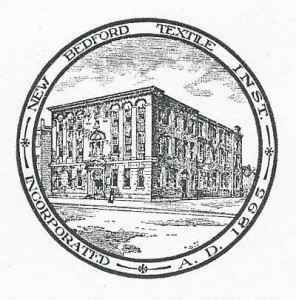

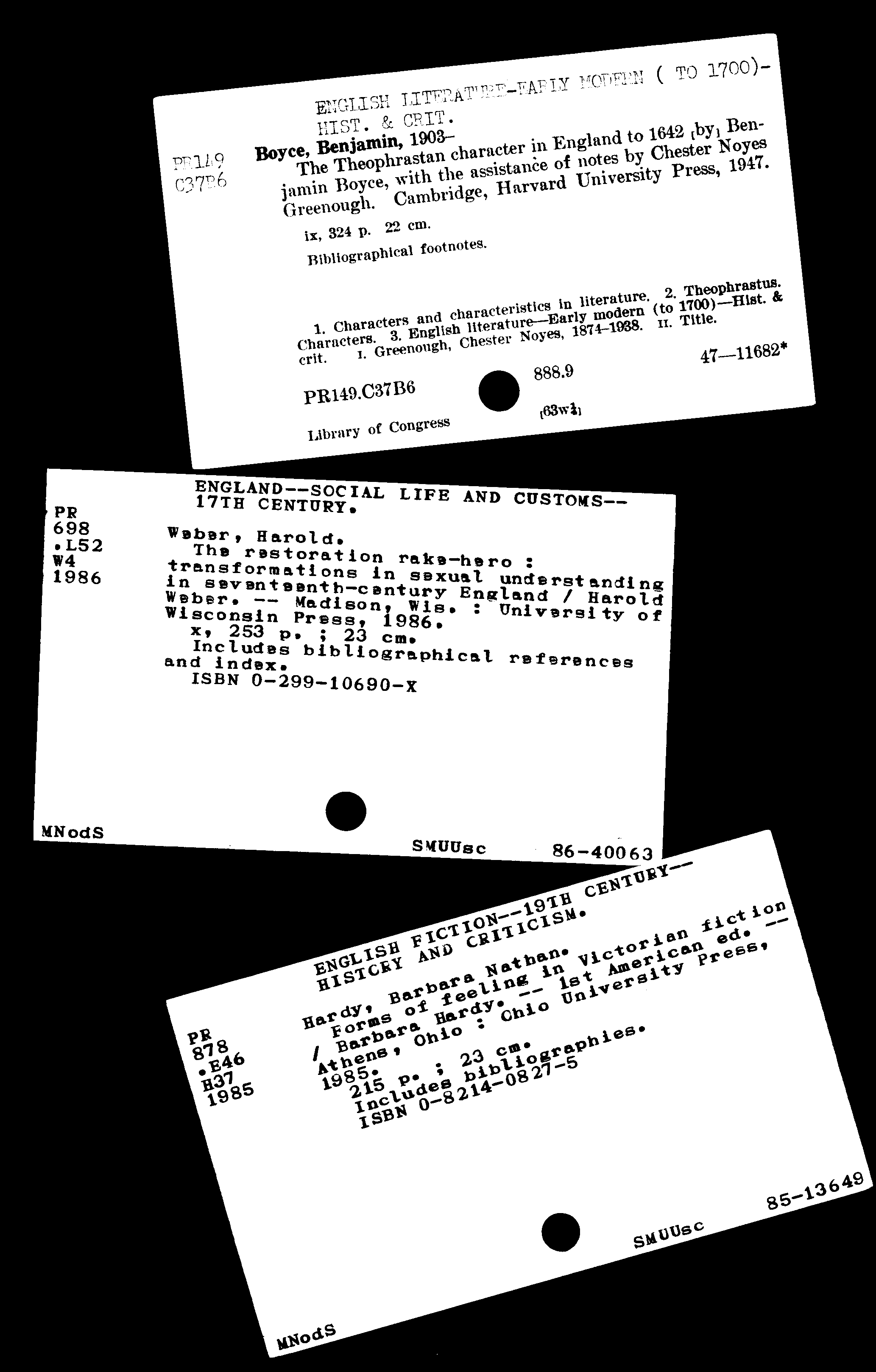

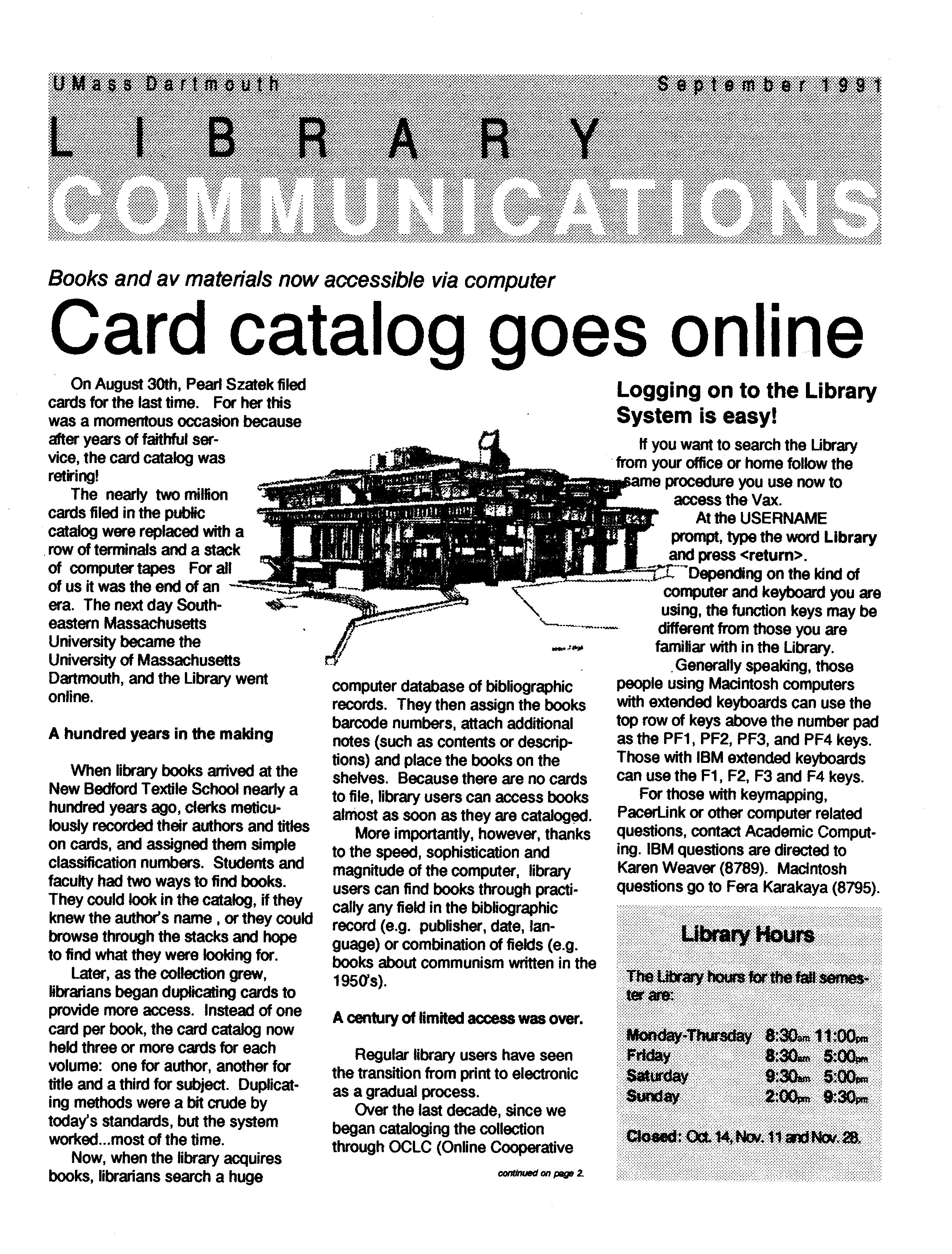
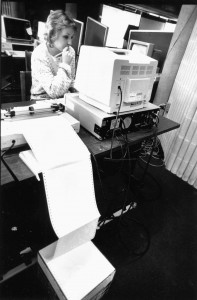

 Author and historian Donald Warrin has donated his research materials to the Ferreira-Mendes Portuguese-American Archives. This collection is composed of copies of the primary and secondary sources that were used in the writing of So Ends This Day: The Portuguese in American Whaling, 1765–1927 and Land, As Far As the Eye Can See: Portuguese in the Old West both published by Tagus Press of the Center for Portuguese Studies and Culture at UMD. The collection contains materials that were not included in their respective books, Dr. Warrin’s personal documents regarding the materials, and auxiliary information regarding Portuguese immigrants in the United States.
Author and historian Donald Warrin has donated his research materials to the Ferreira-Mendes Portuguese-American Archives. This collection is composed of copies of the primary and secondary sources that were used in the writing of So Ends This Day: The Portuguese in American Whaling, 1765–1927 and Land, As Far As the Eye Can See: Portuguese in the Old West both published by Tagus Press of the Center for Portuguese Studies and Culture at UMD. The collection contains materials that were not included in their respective books, Dr. Warrin’s personal documents regarding the materials, and auxiliary information regarding Portuguese immigrants in the United States.